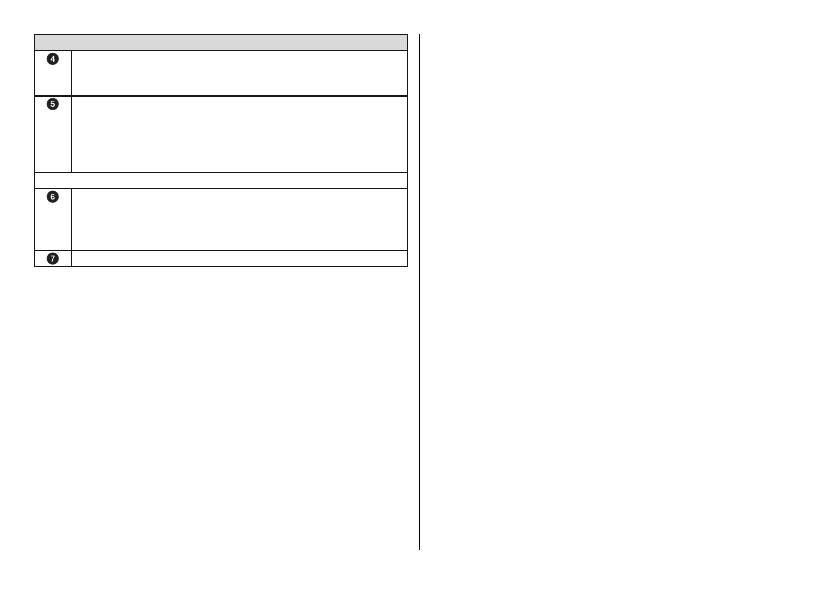
Déroulement de l’alignement de base
Reliez le pied prothétique et l’emboîture de la prothèse à
l’aide de l’adaptateur choisi. Respectez les instructions
d’utilisation des adaptateurs.
Déterminez le centre de l’emboîture à l’aide du gabarit
50/50. Positionnez l’emboîture de manière centrale par rap
port à la ligne d’alignement.
Flexion de l’emboîture: flexion du moignon individuelle
+5°
Plan frontal
Ligne d’alignement du pied prothétique: entre le gros or
teil et le deuxième orteil
Ligne d’alignement de l’emboîture de prothèse: le long de
l’arête latérale de la rotule
Tenez compte de la position en abduction ou en adduction.
Alignement de base TF
►Respecter les indications figurant dans les instructions
d’utilisation de l’articulation de genou prothétique.
5.3.2 Alignement statique
• Ottobock recommande de contrôler l’alignement de la prothèse
avec le L.A.S.A.R.Posture et, si besoin, d’ajuster cet alignement.
• En cas de besoin, Ottobock vous fournira les recommandations
d’alignement (prothèses de jambe TF modulaires: 646F219*,
prothèses de jambe TT modulaires: 646F336*).
5.3.3 Essai dynamique
• Ajustez l’alignement de la prothèse dans le plan frontal et le plan
sagittal (p.ex. modification de l’angle ou décalage) afin d’assurer
un déroulement optimal du pas.
18
•Appareillages TT: veillez à un mouvement physiologique du ge
nou dans les plans sagittal et frontal lors du transfert du poids
après la pose du talon. Évitez tout mouvement de l’articulation de
genou dans le sens médial. Si l’articulation de genou se déplace
dans le sens médial pendant la première moitié de la phase
d’appui, décalez le pied prothétique vers le sens médial. Si le
mouvement vers le sens médial a lieu pendant la deuxième moitié
de la phase d’appui, réduisez la rotation externe du pied prothé
tique.
5.4 Facultatif: pose du revêtement en mousse
Le revêtement en mousse est logé entre l’emboîture de prothèse et le
pied prothétique. Il est découpé en laissant une marge pour pouvoir
compenser les mouvements du pied prothétique et de l’articulation de
genou prothétique. Pendant la flexion de l’articulation de genou pro
thétique, le revêtement en mousse est écrasé dans sa partie arrière et
distendu dans sa partie avant. Pour augmenter la durée d’utilisation
du revêtement en mousse, il est conseillé de le soumettre le moins
possible aux distensions. Le pied prothétique comporte un élément de
raccordement (parex. une plaque de raccordement, un protège-
connexion ou une plaque d’attache).
>Matériaux requis : dégraissant (parex. alcool d’isopropyle
634A58), colle de contact 636N9 ou colle synthétique 636W17
1) Mesurer la prothèse et y ajouter une marge pour déterminer la
longueur du revêtement en mousse.
Prothèses TT : prévoir de la marge côté distal pour le mouve
ment du pied prothétique.
Prothèses TF : prévoir de la marge côté proximal par rapport au
centre de rotation du genou pour la flexion de l’articulation de ge
nou prothétique et de la marge côté distal pour le mouvement du
pied prothétique.
2) Découpez la longueur de mousse requise et mettez-la en place
dans la zone proximale de l’emboîture de prothèse.
3) Placez la mousse sur la prothèse.



















